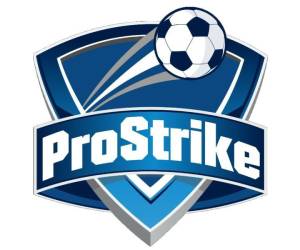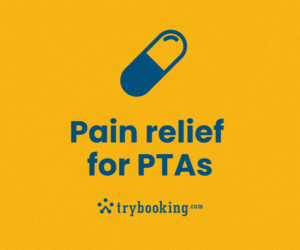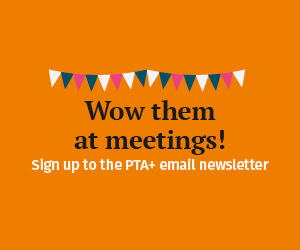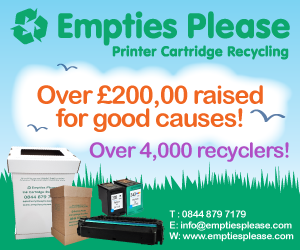Inflatables are a popular attraction at summer fairs, but with safety in mind, we asked Andrew Chalk of PIPA what exactly PTAs should be looking out for.
We would like to hire inflatables for our fair, but how can we be sure that the equipment is compliant with legal requirements?
Under UK health and safety regulations, all inflatable play equipment must be inspected annually, preferably by an experienced or technically qualified person. If you are unsure who to ask, PIPA-registered inspectors are qualified to test inflatables to the required standard. All inflatable equipment that meets the standard will have a blue numbered tag affixed, an annual certificate and a test logged on the national database for inflatable play equipment. Equipment not covered or tested by PIPA should still have its own certificate provided by the tester. Whenever hiring inflatables, check that the equipment is safe by asking the supplier in advance for its PIPA tag number. This can then be checked on the PIPA website at pipa.org.uk.
What supervision is required for inflatables?
Inflatables must not be used without supervision. Your hirer will be able to advise you on the number of supervisors required based upon the maximum height and number of users, and this must be marked on the inflatable. The hirer should also give you guidelines that include appropriate behaviour of children, removing loose or sharp articles of clothing, operating a rota system, etc.
What should we think about when planning where to position the bouncy castle?
Your hirer will be able to advise you on the suitability of the venue and whether or not they can securely fix the inflatable to the ground with ground stakes. If the inflatable is on a hardstanding surface, it must either be secured by attaching all the anchorage points to fittings already in the ground or to sandbags or other weights with the equivalent of 163kgs per anchor point. Inflatables may be secured to a vehicle or other movable machinery that has been immobilised, and under control of the operator of the inflatable. The inflatable should be sited well away from possible hazards such as overhead power lines or other obstacles, should not be erected on a site with more than a 5% slope in any direction, and the site should be cleared of all debris or sharp objects. The hirer will be able to provide you with advice on what to do in the event of wet and windy weather.
We have hired a bouncy castle, but if it rains on the day can we use it indoors and if so, what should we consider?
An anchorage or ballast system should be used where necessary to maintain stability. Your hirer will be able to advise you accordingly. You need to arrange safety matting around any entrances/exits of the inflatable.
We’re hiring inflatables for the first time. What questions should we ask the supplier?
Ask if they conform to the PIPA scheme and request the PIPA tag number; ask whether you can see the PIPA test certificate; if they have carried out daily checks on the equipment; when the equipment was last fully-inspected; if you will receive full instructions on its safe operation; whether it will still fit on your site if the blower unit is set at 1.2 metres; and if the equipment is clearly marked with limitations of use. Ask for a copy of their public liability insurance. Don’t be afraid to ask these questions – do not compromise when it comes to safety.
Our PTA has bought some inflatable equipment. What kind of maintenance requirements do we need to think about and how often should these be carried out?
You should routinely inspect the inflatable before each use. Checks should include:
- That the site is suitable
- All anchorages are secure and in place
- Ancillary equipment is in position (eg impact-absorbing mats)
- There are no significant holes in the fabric or seams
- The correct blower is being used
- Internal air pressure is sufficient to give a firm and reliable footing
- There are no exposed electrical parts and no wear on cables
- Plugs, sockets, switches, etc. are not damaged
- The connection tube and blower are firmly attached to each other
- The blower is safely positioned and its mesh guards are intact.
The equipment should not be used until any defects identified in the routine inspection have been rectified. In addition the following maintenance should be carried out to maintain levels of safety and performance: cleaning the inflatable; removal of debris and contaminants; rust control on the blower; and cleaning the blower air intake. An inspector competent to test the European Standard must inspect the inflatable annually. We strongly recommend that the unit be issued with a PIPA tag and certificate on the basis of this inspection.
For more information
- Read our guide to bouncy castle and inflatable hire safety
- PIPA are the UK’s inflatable play accreditation body. For more information on using inflatables, visit pipa.org.uk.
- Find inflatables and rides suppliers in our online directory.
- Read our FAQs on first aid
The above is intended as guidance only. We recommend that you contact the relevant organisations with specific reference to insurance, legal, health and safety and child protection requirements. Community Inspired Ltd cannot be held responsible for any decisions or actions taken by a PTA, based on the guidance provided.









